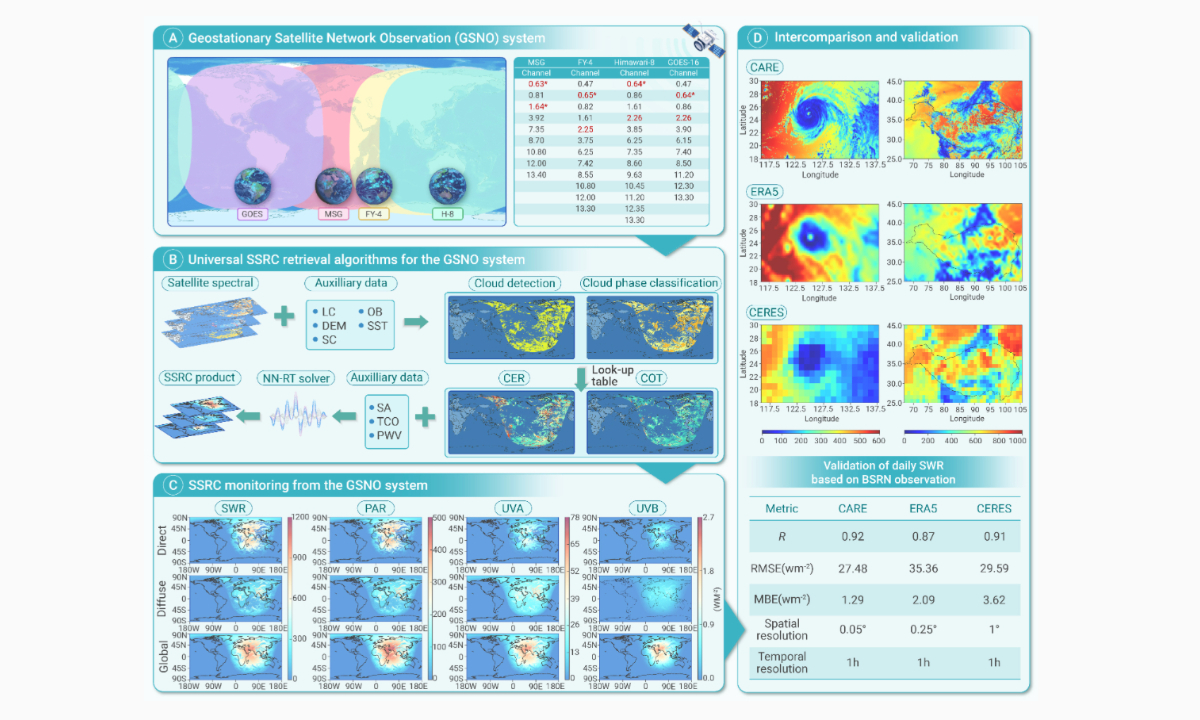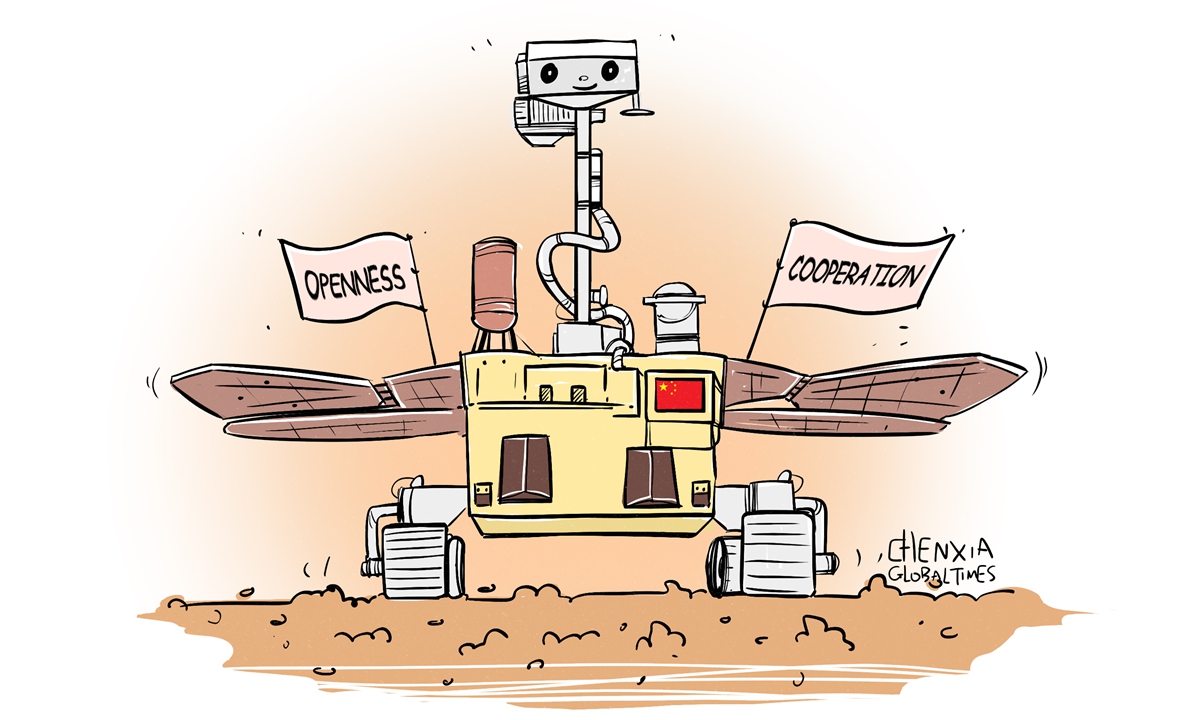-
Space 2.0: Big Data, Big Debris, and the Battle for Sustainability
As the space race hots up once again, representatives of over 50 countries are at the Farnborough International Space show to focus on sustainability. Just how can science, data, and technology drive sustainable progress, not just on Earth but beyond?
April 01, 2025 -
 Chinese Scientists Lead Construction of High-precision Monitoring System for Near-global Surface Solar Radiation
Chinese Scientists Lead Construction of High-precision Monitoring System for Near-global Surface Solar RadiationChinese scientists, in collaboration with several international research institutions, have led the construction of a high-precision surface solar radiation monitoring system on a near-global scale. The joint research led by researchers from the State Key Laboratory of Remote Sensing and Digital Earth of the Aerospace Information Research Institute under the Chinese Academy of Sciences, in collaboration with scientists from Japan, France the UK has recently been published in the international academic journal The Innovation.
April 01, 2025 -
 Breakthrough in Deep Ultraviolet Laser Technology
Breakthrough in Deep Ultraviolet Laser TechnologyAs reported in Advanced Photonics Nexus, researchers from the Chinese Academy of Sciences recently made a significant advancement by developing a compact, solid-state laser system capable of generating 193-nm coherent light. This wavelength is crucial for photolithography, a process used to etch intricate patterns onto silicon wafers, forming the backbone of modern electronic devices.
March 24, 2025 -
 Chinese Research Institute Unveils Aerial Balloon Platform to Bolster Energy Development
Chinese Research Institute Unveils Aerial Balloon Platform to Bolster Energy DevelopmentA tethered balloon, developed by the Aerospace Information Research Institute (AIR) under the Chinese Academy of Sciences (CAS), was successfully deployed on Wednesday to assist in the construction of ultra-high voltage (UHV) transmission lines in Tai'an city, East China's Shandong Province. This marks China's first use of an aerial platform for energy projects, the CMG reported.
March 20, 2025 -
 China's Space Exploration Shows Spirit of Openness and Cooperation
China's Space Exploration Shows Spirit of Openness and CooperationRecently, we have been hearing good news from China's Mars exploration mission. The Mars radar research team, led by Fang Guangyou from the Aerospace Information Research Institute of Chinese Academy of Sciences, has discovered multi-layered tilted sedimentary structures beneath the surface of the landing area of Zhurong, China's first Mars rover, in the northern hemisphere of the planet. This provides the most direct underground evidence to date of the existence of an ancient ocean in Mars' low- and mid-latitude regions.
March 10, 2025 -
 China Focus: China's First Helicopter-borne Electromagnetic Detection System Deployed
China Focus: China's First Helicopter-borne Electromagnetic Detection System Deployedplateau railway construction project, the Chinese Academy of Sciences' Aerospace Information Research Institute (AIR) said on Tuesday.
February 18, 2025


